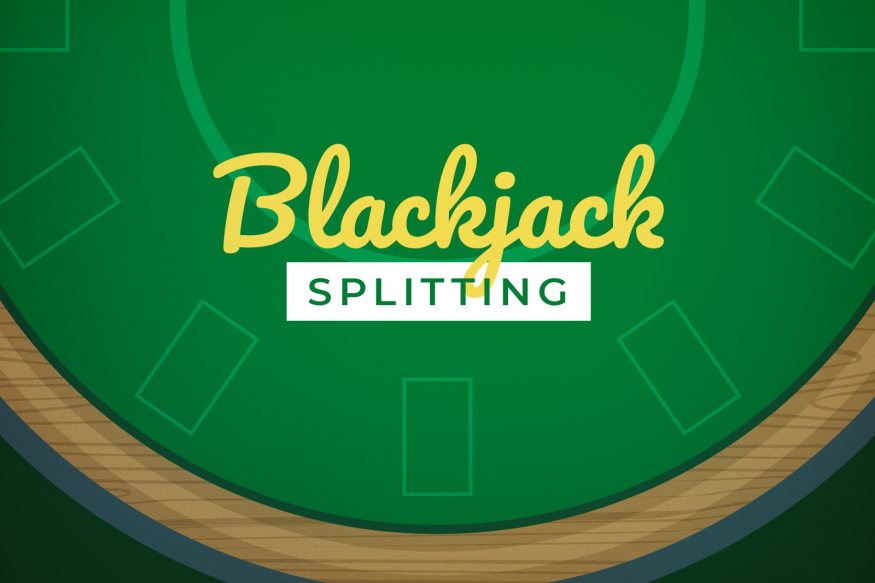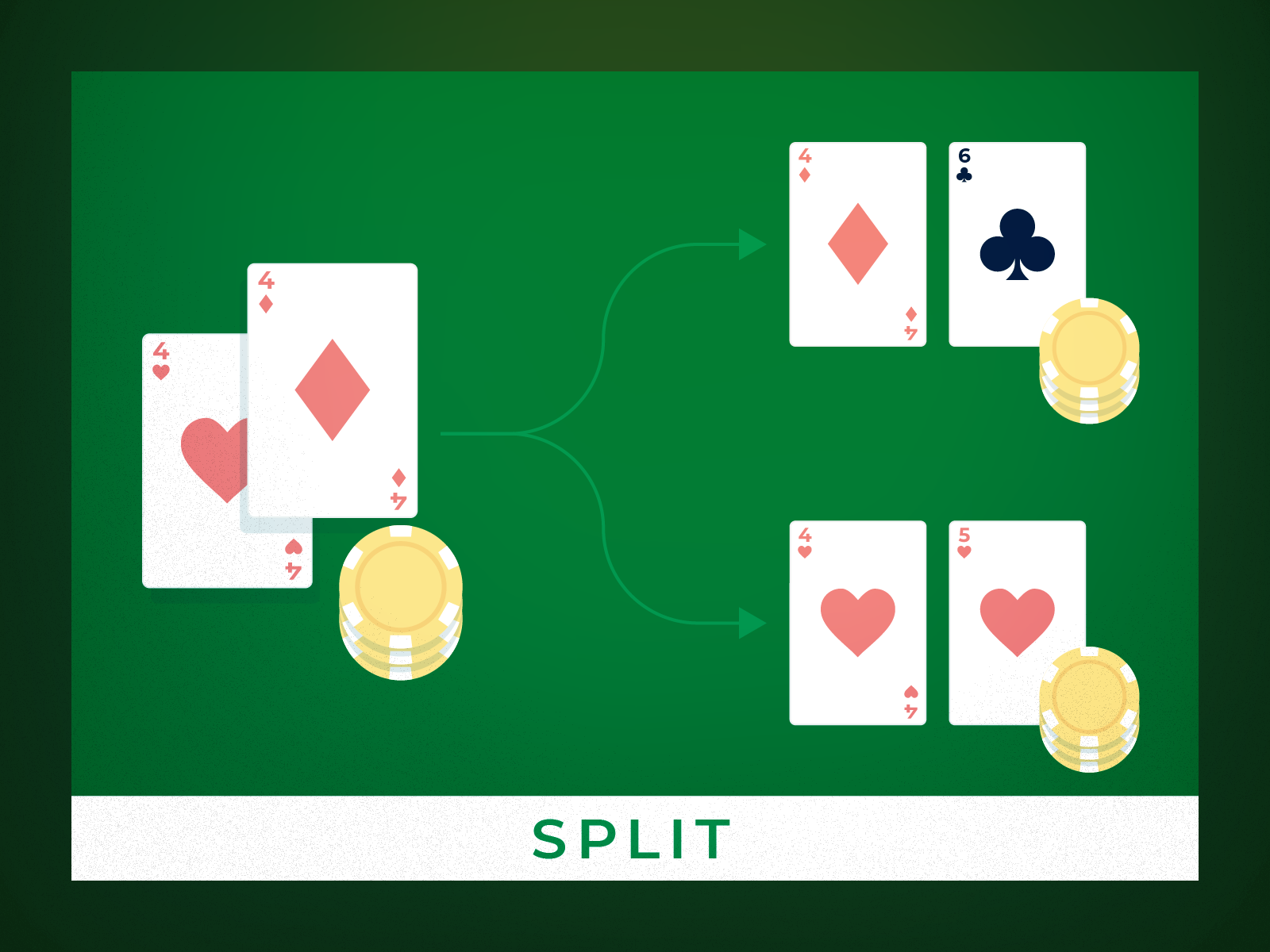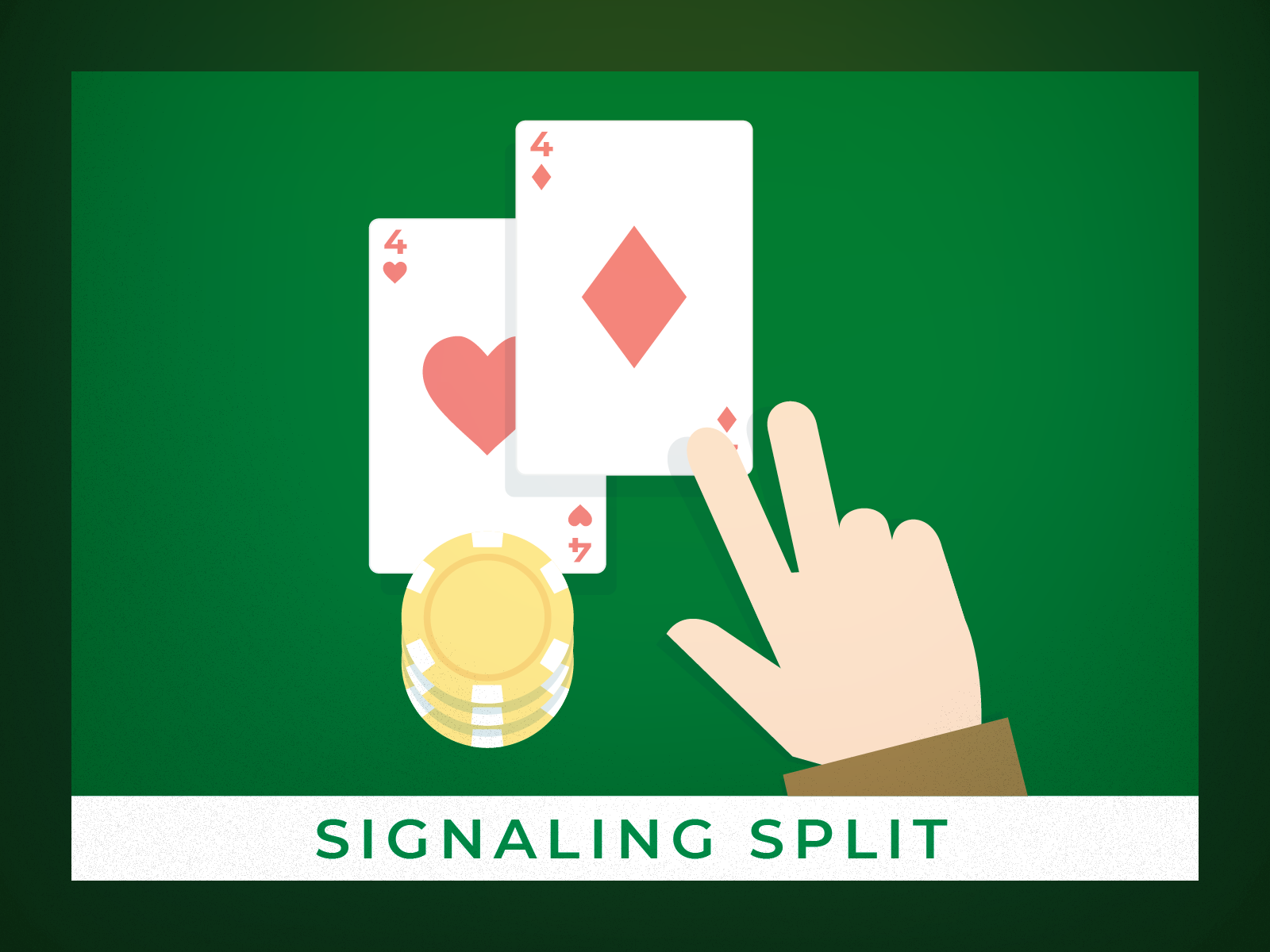Mastering Blackjack: How and When to Split Your Hands

Understanding the Risks and Rewards of Splitting in Blackjack
Blackjack offers players unique opportunities beyond simply hitting or standing. One of the most pivotal moments in the game occurs when you are dealt a pair and are faced with the choice to split. This decision can dramatically impact your potential winnings, since splitting expands your bet across multiple hands. Knowing when to split-and when to stay with your original hand-can be the difference between walking away a winner or giving an edge to the house.
What Does It Mean to Split in Blackjack?
Splitting in blackjack is an option available when your first two cards are of the same value (for example, two 4s or two 8s). Instead of playing the pair as a single hand, you can split them into two independent hands, each carrying an equal wager to your original bet.

Splitting allows you to double your action and potentially improve your odds. However, the additional wager must match your initial bet exactly-no more, no less. This rule is unlike doubling down, where casinos sometimes let you risk less than your original wager.
If you’re unsure about all the nuances of the game’s basic strategy, remembering a few core guidelines can help:
- Always split Aces and 8s.
- Never split a pair of 10-value cards.
- Only split 4s if the casino allows you to double after splitting.
How to Split: The Steps and What to Expect
Players-not dealers-are the only ones allowed to split. To be eligible, you need two cards of equal value. When you choose to split, place an additional wager equal to your original bet adjacent to your first, or simply gesture with a two-finger signal towards your stake to inform the dealer.

After splitting, each new hand is played out individually, and you may sometimes have to make further decisions, such as doubling down after splitting, if the casino rules allow it.
Essential Splitting Strategy for Most Blackjack Tables
Splitting can feel daunting, but fundamental strategy offers clear guidance for most games-especially those using four or more decks and permitting double after split. While a few house rules can alter these recommendations, the following scenarios cover over 90% of what you’ll encounter.
When to Split and When to Stand
Below, you'll find tailored advice for each common pair. Use this section as a practical guide when making key splitting decisions:
- Pair of Aces: Always split. Each Ace gives you a new chance to draw a strong hand. Note: most casinos only deal one card per split Ace, and an Ace-10 formed post-split is not counted as a natural blackjack.
- Pair of 8s: Always split. Two 8s add up to a weak 16. Starting two fresh hands with 8 each provides a much stronger probability to improve.
- Pair of 10-Value Cards: Never split. Whether it’s two 10s, Jacks, Queens or Kings, a hand totaling 20 is too strong to risk breaking.
- Pair of 9s: Split unless the dealer shows a 7. Standing on 18 against a dealer 7 is the only recommended exception.
- Pair of 7s, 3s, or 2s: Split these if the dealer’s upcard is 2 through 7. Otherwise, simply hit.
- Pair of 6s or 4s: Split only if the dealer shows a 2 through 6. If not, take a hit.
- Pair of 5s: Never split; instead, double down if the dealer shows 2 through 9, and hit if the dealer shows 10 or Ace.
These fundamental choices maximize your potential returns by responding directly to the dealer’s upcard, the value of your pair, and odds calculations proven over time.
Adjusting Strategy for No Double After Split Rules
Some casinos restrict doubling after a split. This rule increases the house advantage and slightly alters optimal play:
- With pairs of 2s or 3s, only split if the dealer shows 4 through 7. Otherwise, hit.
- With a pair of 4s, split only if the dealer has 2 through 4. If the upcard is 5 or above, hit.
- For 6s, split against dealer 3 through 6, but hit against 2 or anything higher than 6.
While such house rules are less common, always check the table signage before you sit down to avoid costly errors.
Strategy Tips for Double-Deck Blackjack
Playing with two decks versus a shoe slightly changes your best moves:
- Split 6s against a dealer 2 through 7.
- Be more assertive with 7s and split them against a dealer 2 through 8.
If double after split is not allowed in these games, revert to the previous adjustments described for the “no double after split” rule.
The Role of Surrender in Blackjack Pair Strategy
Some versions of blackjack offer “surrender,” allowing you to forfeit half your bet rather than play a tough hand. This option is rare, but strategy slightly shifts-if you’re playing in a game where the dealer hits soft 17, always surrender your pair of 8s if the dealer shows an Ace.
Summary: Why Pair Splitting Strategy Matters
Knowing when to split-and when not to-can greatly improve your blackjack outcomes. By sticking to time-tested strategies, you not only give yourself additional shots at winning but also ensure you’re maximizing opportunities whenever the odds favor the player.
Remember these points:
- Proper pair splitting amplifies your potential return in favorable situations.
- Don't shy away from doubling down on appropriate split hands when allowed, to further boost your advantage.
- If ever unsure, consult a blackjack strategy chart for instant, mathematically proven guidance.
Put these tactics into practice, and you’ll make the smartest betting decisions possible every time a pair lands on your blackjack table.













